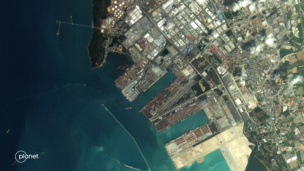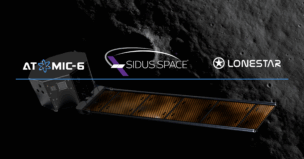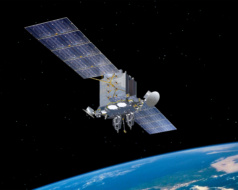Pentagon officials and lawmakers alike raised concerns on Tuesday that the Space Force’s $29.4B budget request for fiscal 2025 was not enough to keep pace with the growing space capabilities of China.
“The problem…was the fact that the [People’s Republic of China] in particular has built a very robust space-enabled targeting system,” Space Force chief Gen. Chance Saltzman testified at the Senate Armed Services Committee. “Scaling up to develop not just the type of counter space capabilities that we need but the quantity of capabilities to hold those targets at risk is where we’re falling behind on the timeline. We’re not just moving as quickly as I think we should.”
By the numbers: The service requested $600M less for fiscal 2025 than it did in the previous year to ensure DoD funding fit within predetermined budget caps. While more than $18B of the request will go towards research, development, testing and engineering, Saltzman said that the decrease will still force delays in R&D projects as well as acquisition of counterspace capabilities, drawing concern from top senators.
“I’m concerned about the level of risk we’re accepting by delaying development of these systems,” said Sen. Deb Fischer (R-NE).
The big picture: Air Force Secretary Frank Kendall also said that space is the top concern for him when looking at the broader fiscal 2025 budget request, especially as the Space Force looks to move from a “merchant marine”-esque service used to operating in a benign environment to a true military force that’s trained and equipped for potential combat.
“Those are transformational capabilities compared to what we currently have in the Space Force,” he said. “My greatest concern is time and moving forward quickly.”
On the move: Sen. Tommy Tuberville (R-AL) asked Saltzman about the Space Access and Mobility Logistics program, inquiring as to whether the $20M requested—a drop in the bucket of the Pentagon’s massive budget—would be enough.
Saltzman said the program is designed to study dynamic maneuvering, and whether refueling satellites could allow them to move to different orbits, making them harder to target. He confirmed the $20M would be enough for initial fact finding, though he said the Space Force could ask for more after it reaches its conclusions on military utility.




